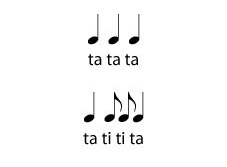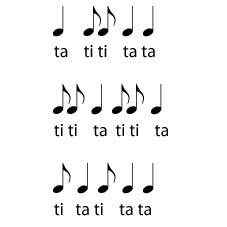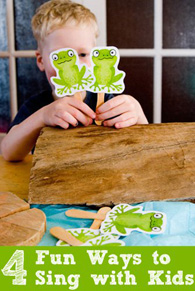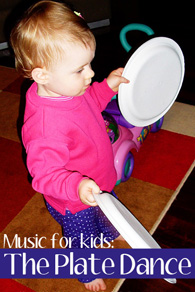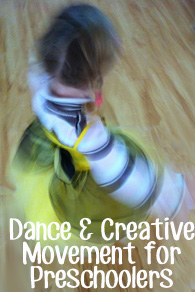The Little Drummer: Drumming with Preschoolers
“Come they told me, pa rum pa pum pum
A new born King to see pa rum pa pum pum”
The strains of The Little Drummer Boy are in my ears as I write this, reminding me that there is a little drummer in every child. Keeping a beat is a basic musical instinct probably acquired from time in the womb when mum’s heartbeat was felt so strongly and steadily.
Children love to drum along accompanying their favourite songs or pieces of music. You may have many CDs at home but if you would like to try accompanying this beautiful classic Christmas song then feel free to download the free MP3 version of The Little Drummer Boy available here. Lyrics available here.
Apart from playing along to songs and recorded music there are also a number of games you can play with a simple drum that will promote interaction between you and your child as well as developing listening skills. If you don’t have a drum, you can check out some of our favourites – here, here and here, or simply raid the kitchen cupboards for a saucepan and wooden spoon or plastic container with or without a lid as a good substitute.
Once you have your drum ready, try these simple drumming games:
1. How Many Beats/What Time is it?
This is a counting game. Mum plays a number of steady beats on the drum and asks child how many did I play? Or what time is it? Keep it simple. The answer may be three beats or three o’clock. Once your child gives an answer, repeat the activity and count the beats together as you go: one o’clock, two o’clock, three o’clock. Once your child is confident, they can take turns being the leader.
2. Echo/Copy Cat game
For this game, you need to have a drum each or be prepared to share one drum. The adult needs to be the leader. Tap out a simple rhythm on your drum e.g:
ta ta ta or
ta ti-ti ta
Have your child play back the rhythm on their drum. Most preschoolers will find this a challenge, particularly learning to wait until they have heard the whole pattern before jumping in and playing it back. Keep the phrases simple with a combination of long and short sounds or ta and ti-ti. It may take a little time for your child to succeed with this. Always give encouragement, even if the echo is not exact.
3. Read and Play the Beats
This is great for eye tracking, reinforcing reading from left to right, and gaining an understanding that signs and symbols represent sound. Encoding and decoding are foundational for reading and writing and this game helps develop the connection between sound and symbol. Building on from the copycat game here are the same examples with rhythmic notation:
Mix and match the combinations of ta and ti-ti, extending to longer rhythms but keeping to a total of no more than 4 beats in all. Here are some more examples you could use in any of these games:
To help your child track each beat correctly point to each note as he plays making sure to say ta and ti-ti.
Lots of fun variations can be added to this game. Add dynamics and ask can you play this pattern loudly? How about quietly? Can you play the pattern slowly? Can you clap the pattern or play it using sticks or shakers? Can you march and play at the same time?
Most importantly follow your child’s lead and keep it positive and lighthearted. At the first sign of tiredness or frustration, finish the game and move on to something else.
Most importantly have fun with your little drummer!

You may also like:


